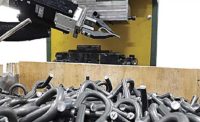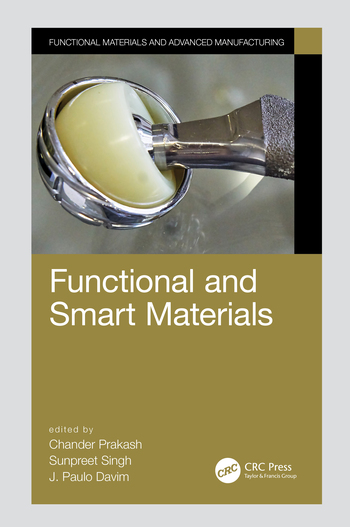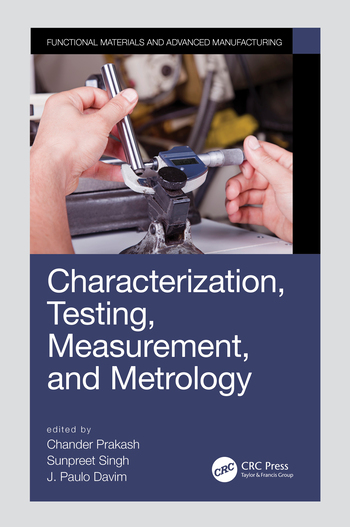SAARBRUCKEN, Germany—Engineers at Saarland University have developed an ultrathin, flexible film that can act as a sensor. When integrated within a glove, the new sensory film can communicate the current position of the wearer’s hand and fingers.
The ultrathin plastic film is not felt by the wearers and does not restrict them when carrying out their work. In combination with smart glasses, the glove can provide personalized assistance to assemblers. There’s no need for heavy sensors or cameras.
“The film we use is known as a dielectric elastomer,” says Stefan Seelecke, an engineering professor who is heading up the research project at the Intelligent Material Systems Lab at Saarland University. “The glove essentially functions as a flexible sensor.
“An electrically conducting material is printed onto both sides of the silicone film,” explains Seelecke. “When a voltage is applied to the film, the resulting electrostatic attractive forces cause it to compress, extending the film laterally and thus increasing its surface area, which in turn alters the electrical capacitance of the film.
“This property effectively transforms the film into a sensor,” Seelecke points out. “We can assign a precise electrical capacitance value to any particular position of the film.”
That enables the engineers to know at any moment just how a finger is stretching, pulling or compressing the film. Using algorithms, they are able to compute these motion sequences in a control unit and then process the results with a computer.
“The thin silicone film is not just a sensor,” claims Seelecke. “It can also be made to pulse or vibrate on demand or to take up any required shape.”
Seelecke and his colleagues can precisely control their silicone film and can continuously vary the frequency of its motion as required, from high-frequency vibrations down to a slow pulsing or flexing motion. In the future, this feature could be used to prevent operators from picking up the wrong part in a bin.
“For the next stage of the development process, [we] want to enable the glove to communicate directly with the wearer by means of tactile signals, such as pulses or vibrations, that would be sensed by the wearer’s fingers,” says Seelecke. “The computer could then send a pulsed signal to the operator’s fingertips to tell him ‘you’ve taken the wrong component’ or a vibrating signal to confirm ‘that is the right component.’”





